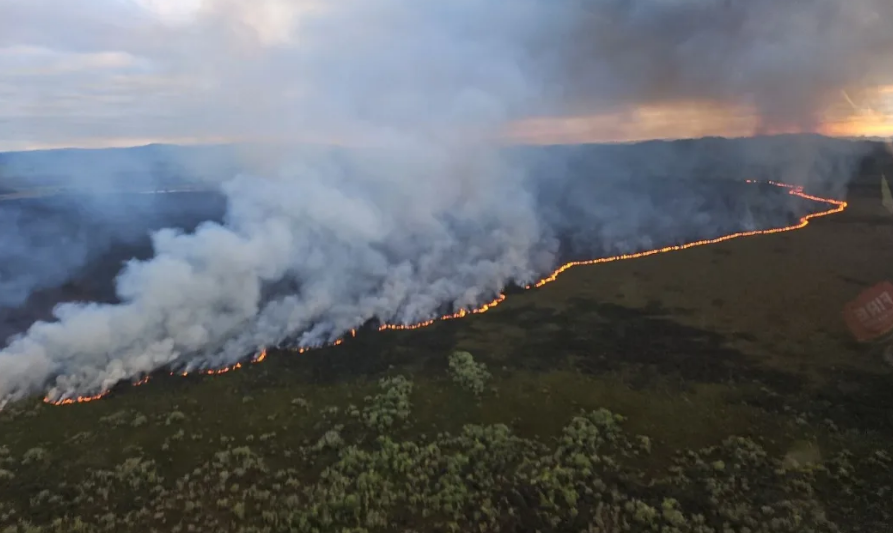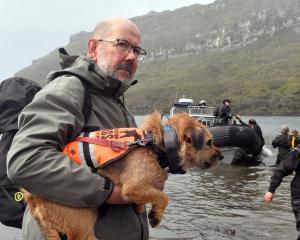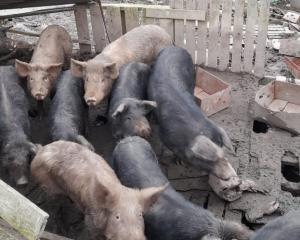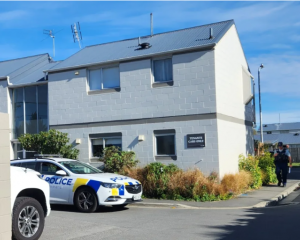
The fire broke out on October 21 at the wetland near Meremere in Waikato - which covers almost 7000ha - and is of great ecological and cultural significance.
Fire and Emergency NZ handed the land back to the Department of Conservation (DOC) on Sunday after it was fully contained.
Doc confirmed today there were no further hotspots after aerial and ground crews spent the weekend inspecting the fire perimeter using thermal drones.
It will now move to a scaled-down monitoring approach.
Regional director Tinaka Mearns said animals have died in the fire and there had been an enormous loss of habitat.
The department worked closely with Fire and Emergency, Ngā Muka linking to Ngāti Naho, Ngāti Tamaoho, Ngāti Pāoa, Ngāti Māhuta and other groups to ensure ecologically and culturally sensitive areas threatened by the fire were prioritised for protection.
The response involved firefighters, their families, employers and the community surrounding the wetland, he said.
"We protected around 148 hectares of peatland, thanks to the quick response and coordinated effort of everyone involved. This area will be critical to the vegetation recovery as it provides a seed source."
Mearns said Doc would work collaboratively on a recovery plan that could take decades to achieve.
The unique habitat supports a diverse range of threatened native wetland species, including black mudfish (waikaka), Australasian bittern (matuku-hūrepo), and spotless crake (pūweto).
It also hosts threatened plant species and is the only known location of the critically endangered swamp helmet orchid.
The burnt area contains the largest and most intact raised peatland habitat in Whangamarino.
It is one of the remaining raised peatlands in the southern hemisphere and the peat soil plays an important role in storing carbon. The fire released an estimated 96,000 to 181,800 tonnes of greenhouse gasses back into the atmosphere.
Ngā Muka Trust's Kelvin Tupuhi said the kaitiaki implementation was well received.
"We take the positive from this and look forward to a reset of our taonga. Mana whenua will continue to advocate matauranga Māori throughout the recovery process. Ngā mihi kia koutou katoa."
Fire and Emergency were alerted to the large vegetation fire about 1.15pm on October 21.
Crews initially worked to ensure residential properties were well protected while eight helicopters and two fixed wing aircraft attacked the fire from the air.
An investigation into the origin and cause of the fire is under way.













